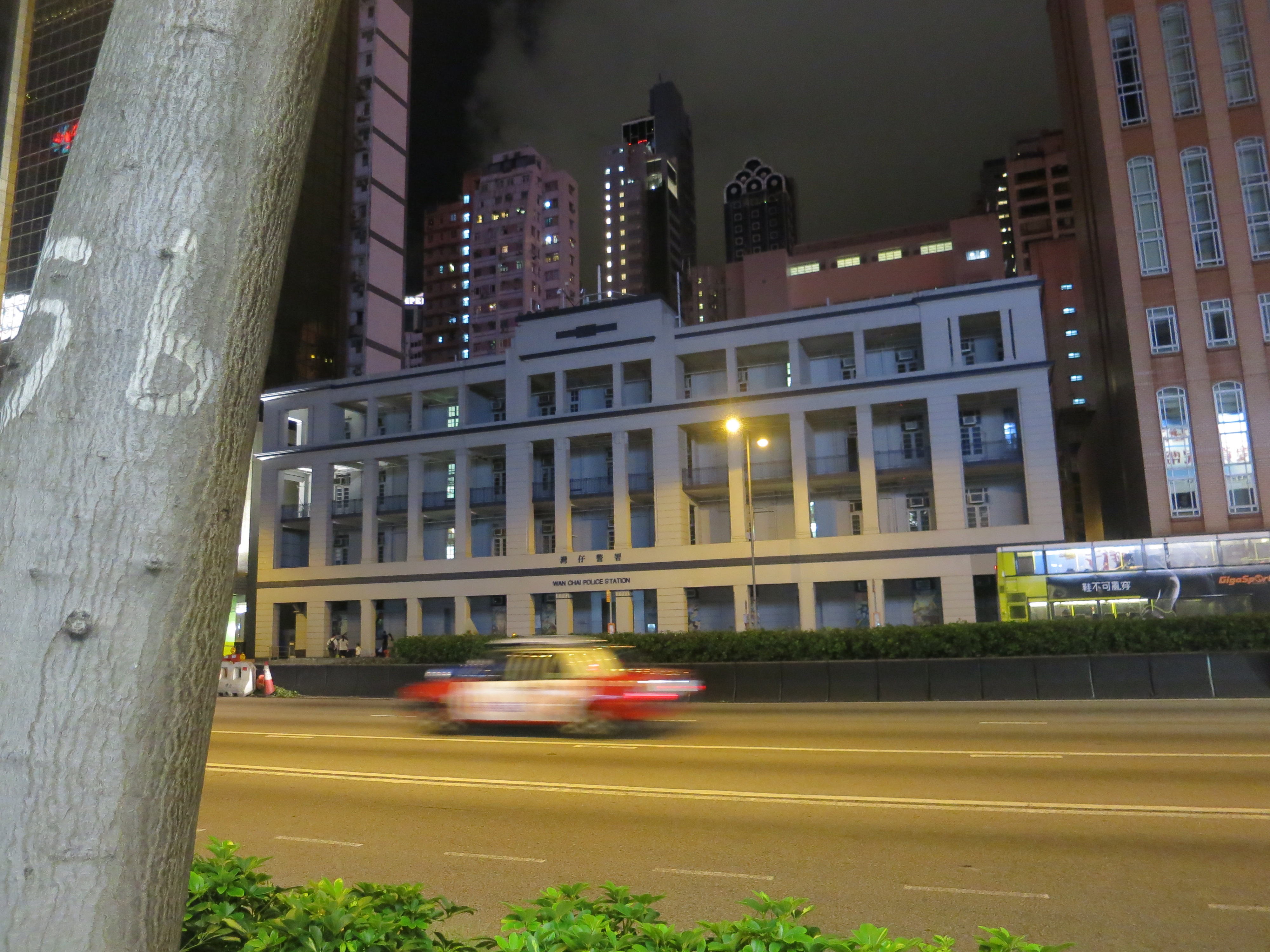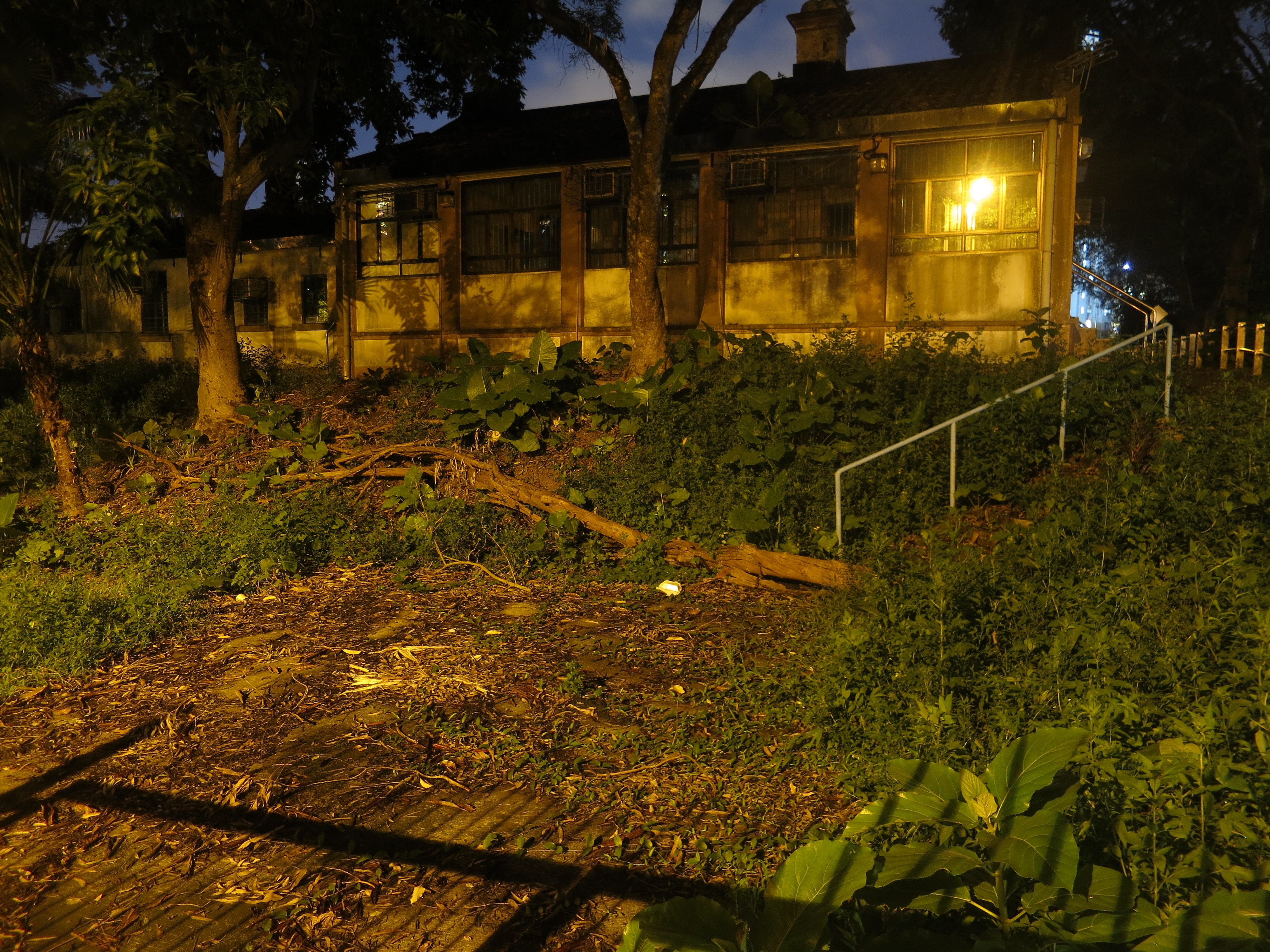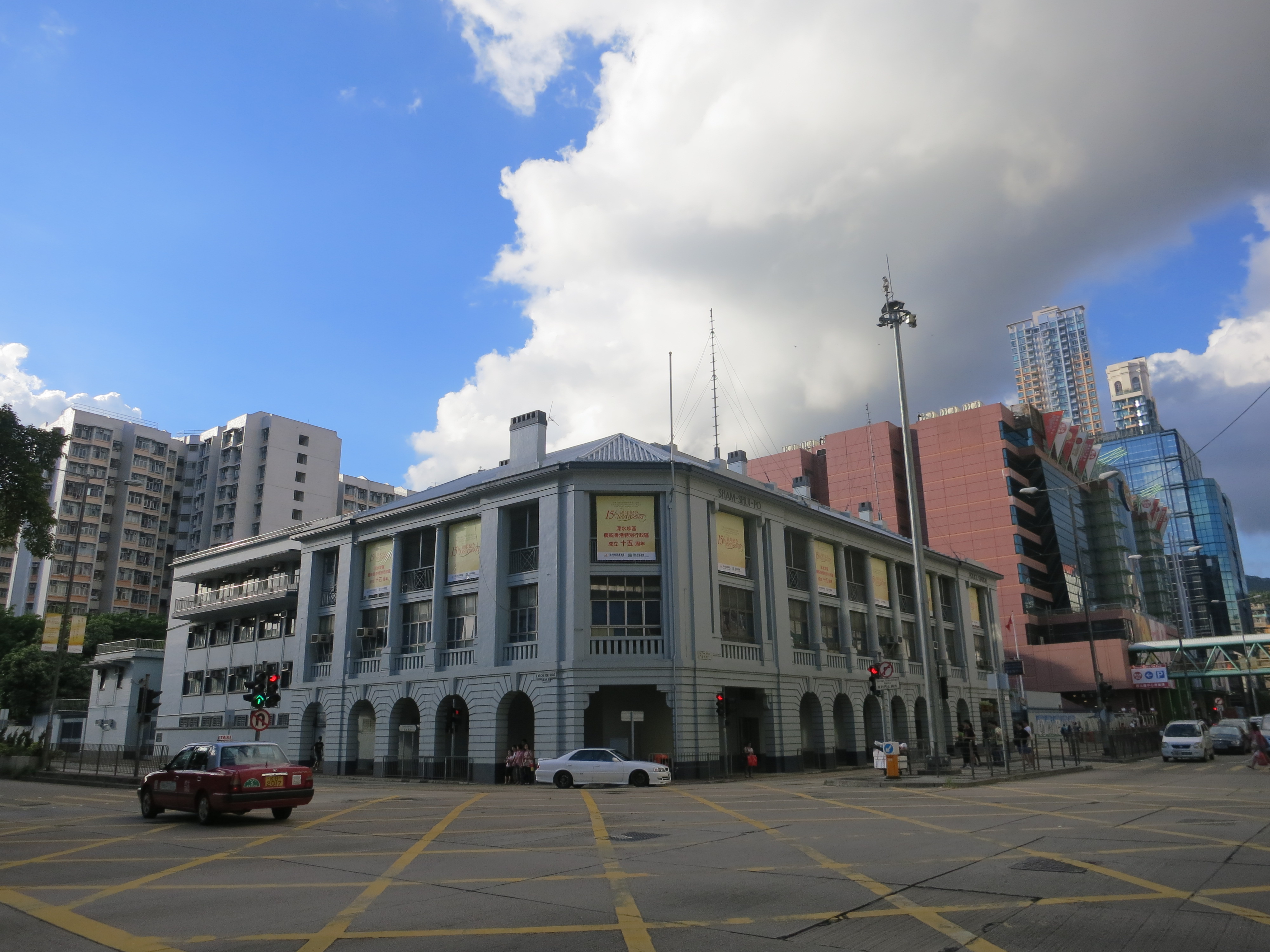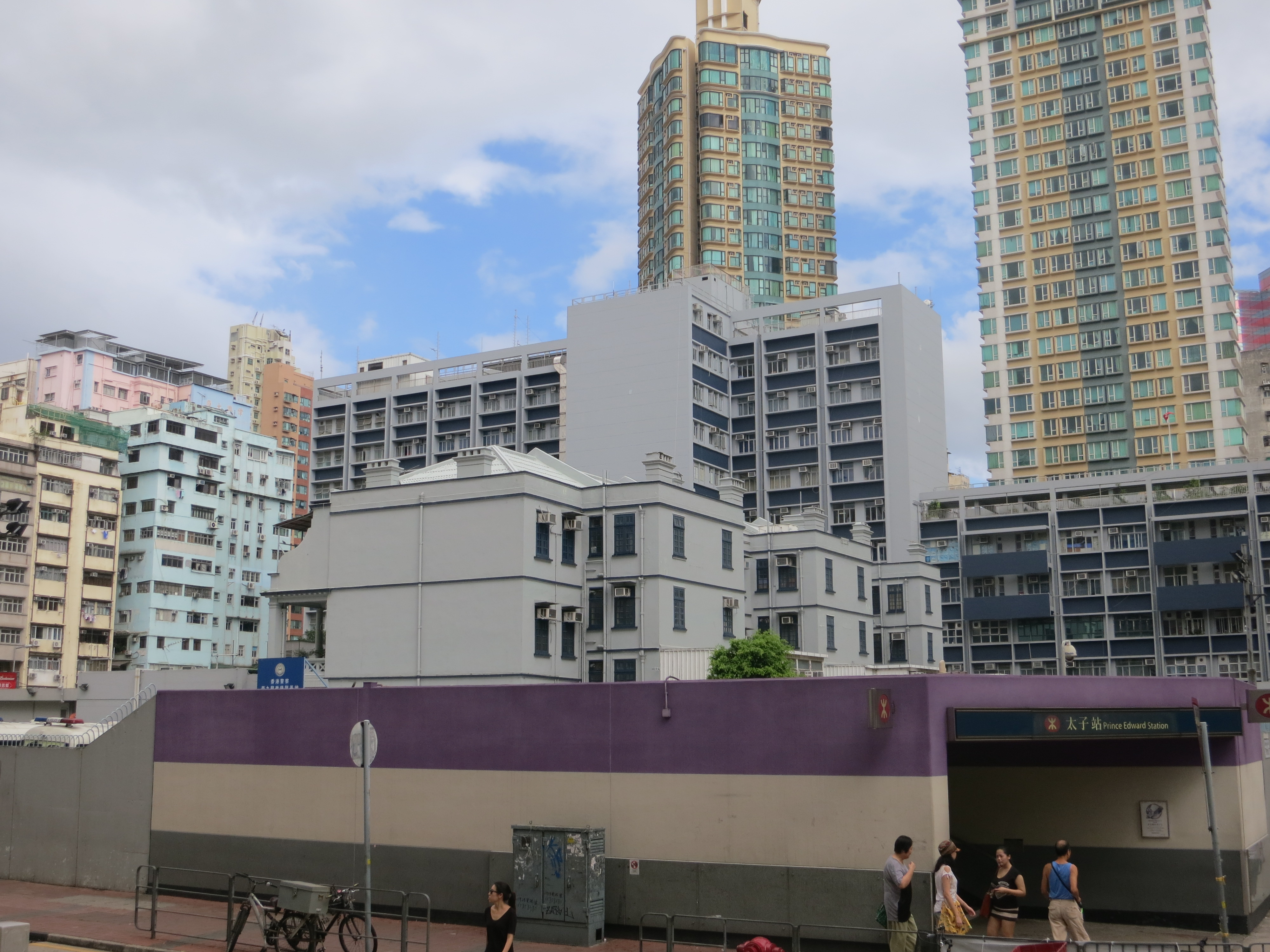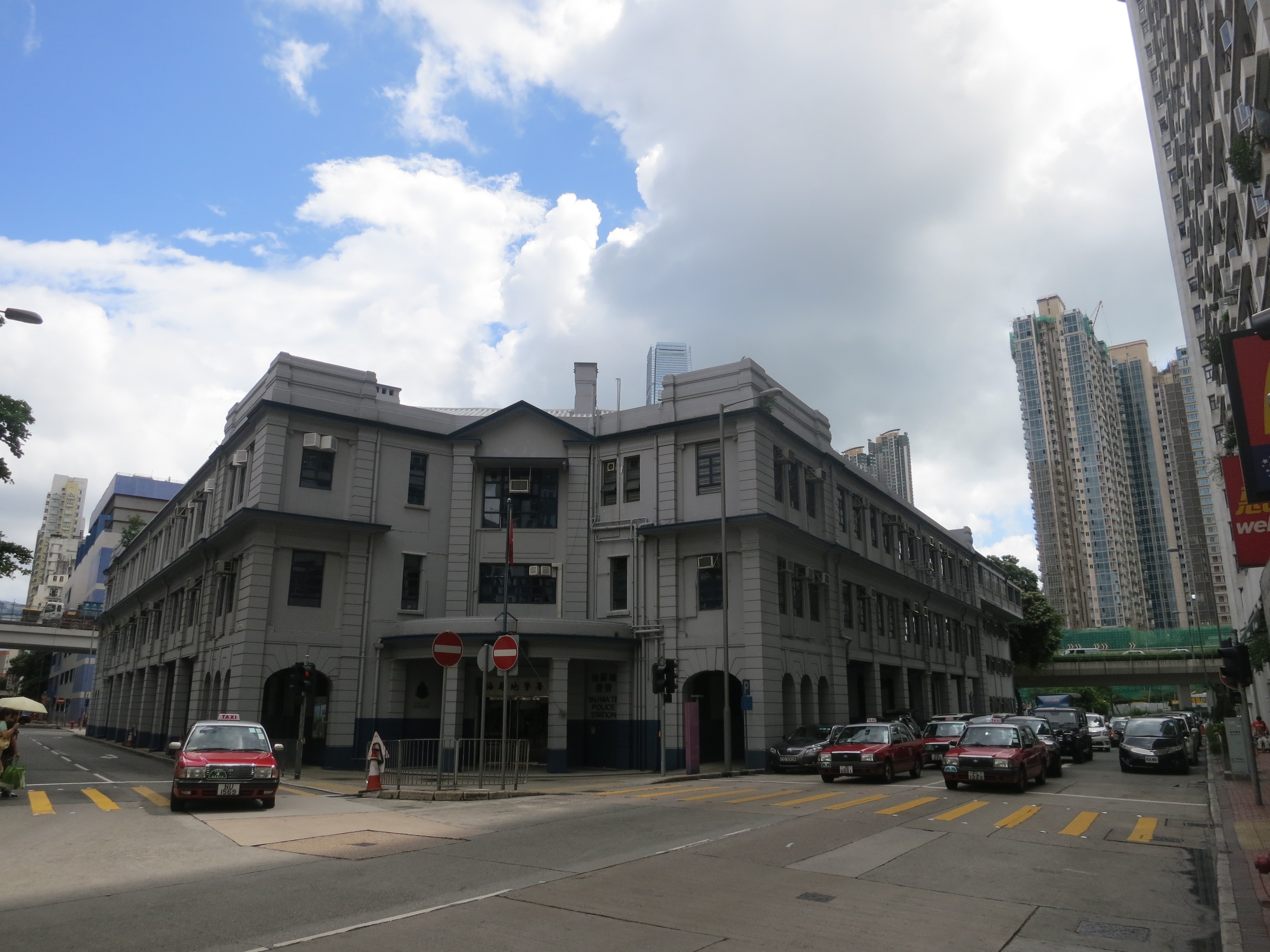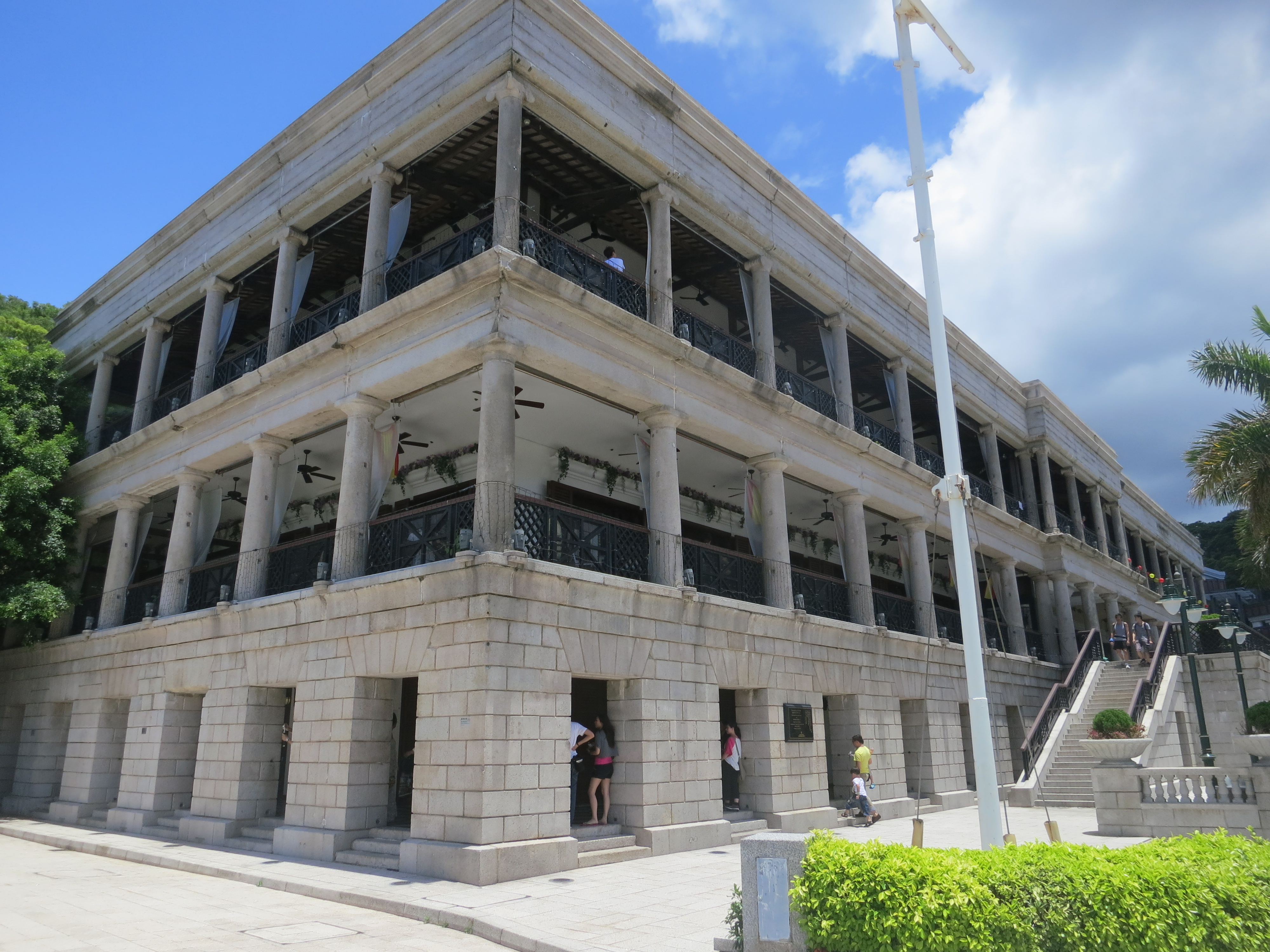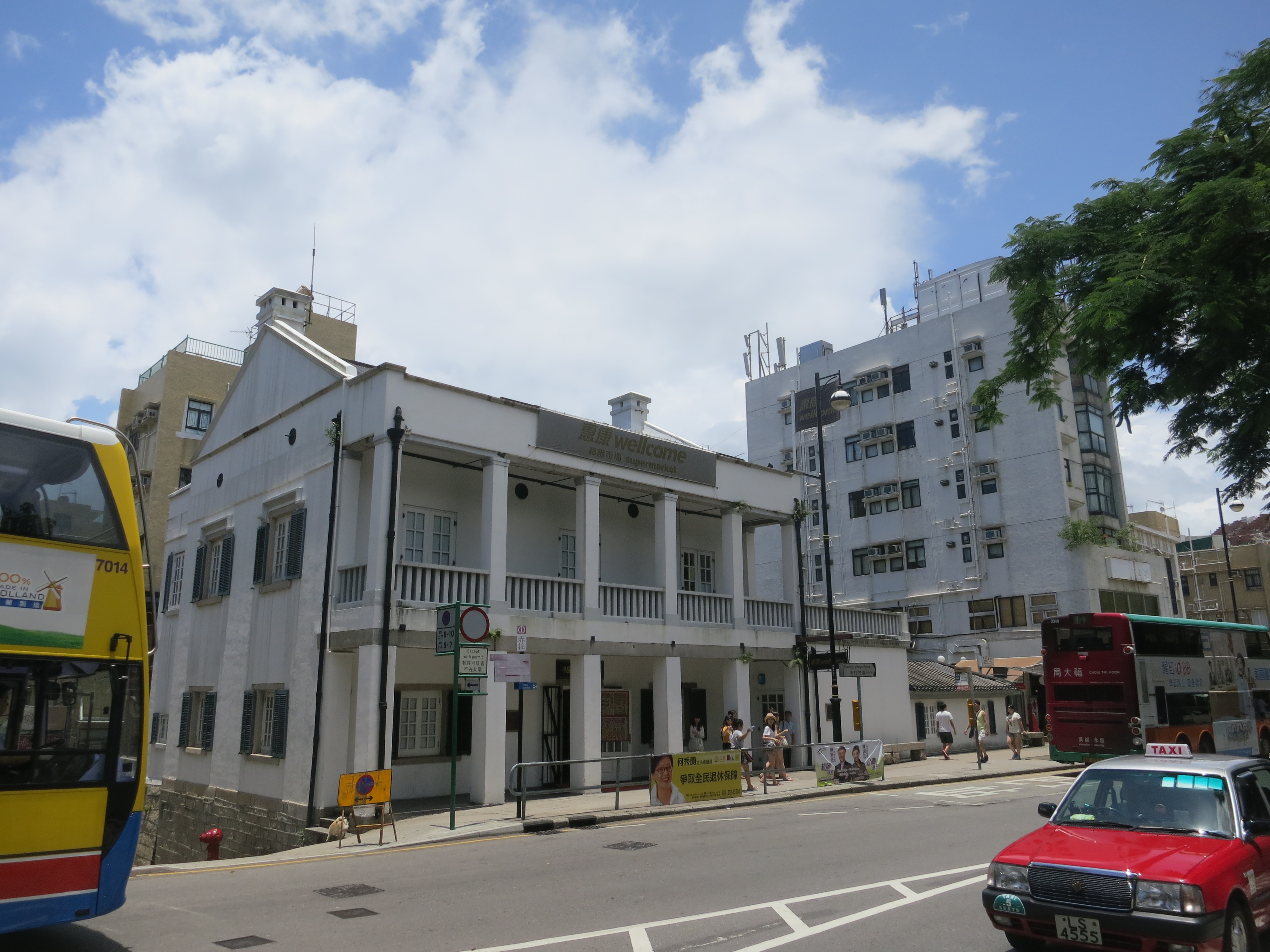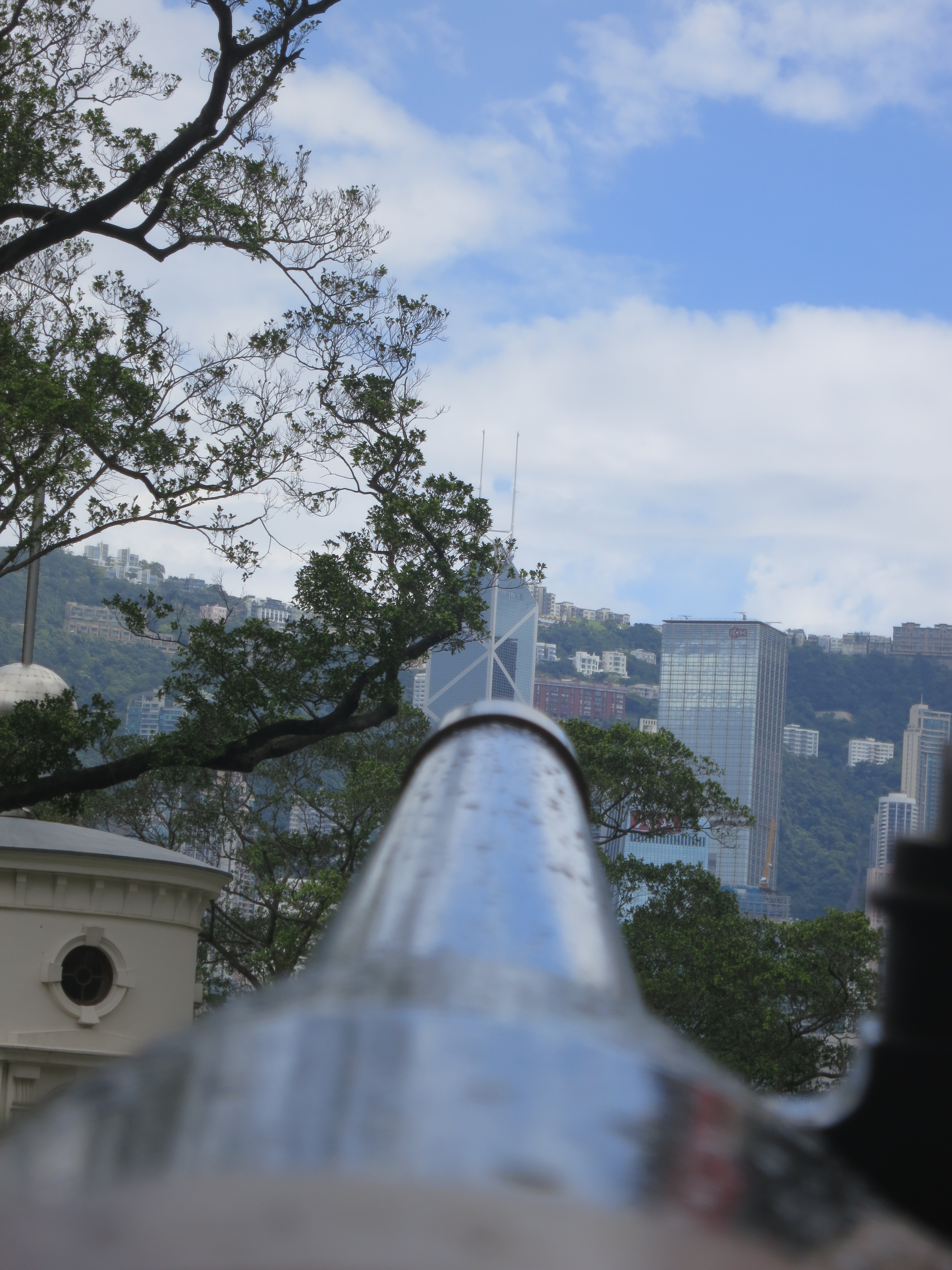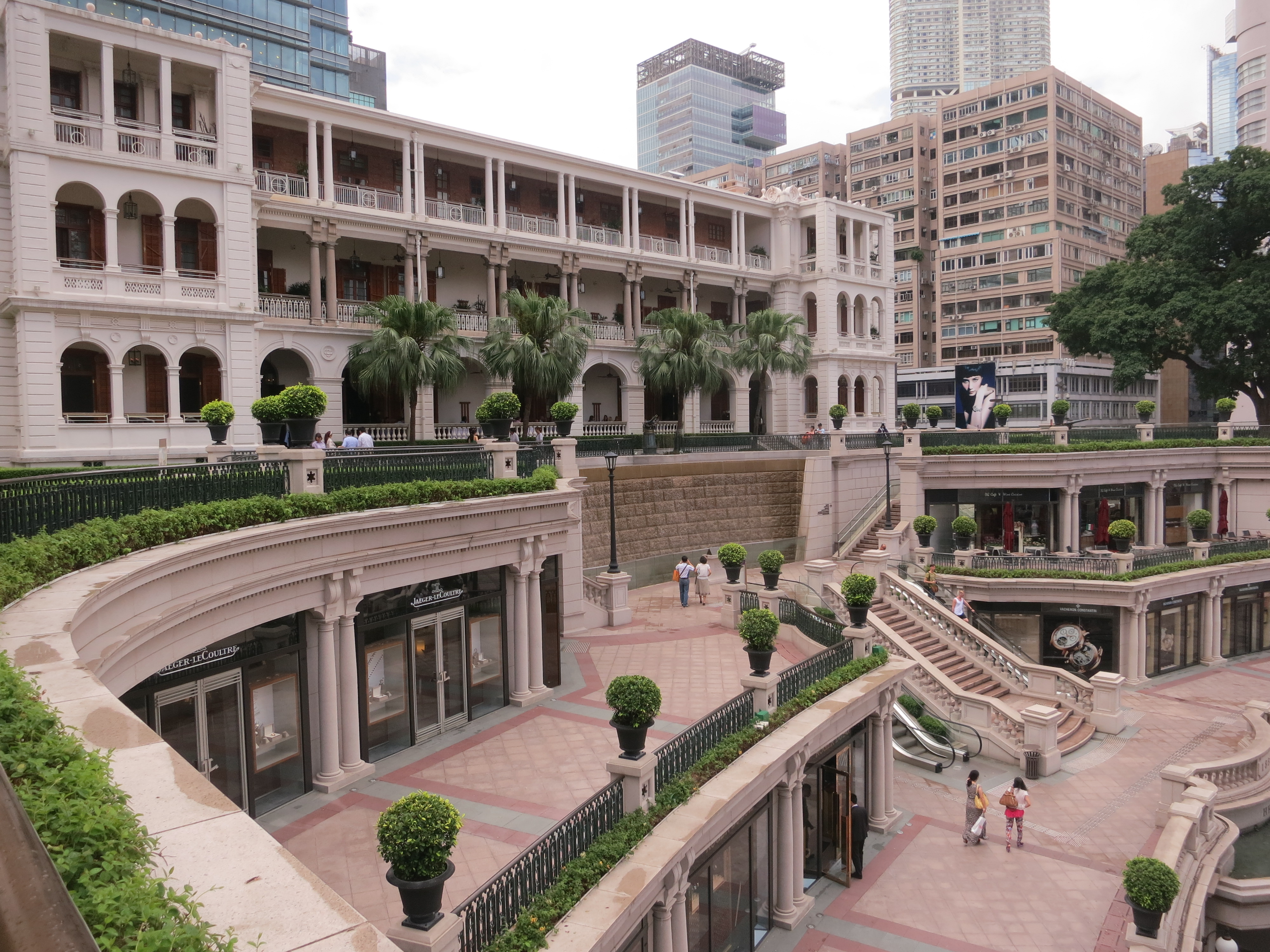Heritage conservation isn’t exactly what Hong Kong is known for. There are 101 declared monuments in Hong Kong, which also include many pre-historic sites like rock carvings, stone circles and walls.
Historic Hong Kong isn’t that visible, and many of the declared monuments aren’t quite worth the visit. Of the 101 monuments, three are police stations: The Marine Police Headquarters in Tsim Sha Tsui (now the 1881 ‘Heritage’ Shopping Mall), the Central Police Station, and the Stanley Police Station (now a Wellcome Supermarket).
It is tough to visit all the police stations in one day, but definitely makes up a fun reason to get around colonial Hong Kong.
Below you find a list of old Hong Kong police stations, a few facts about them as well as select pictures (read: the ones i’ve been to on the same day with a camera) in the order of convenience to visit them.
Stanley
buit in: 1859
used until: 1974
used today as: Wellcome Supermarket
Used as a police station by the Japanese during the war.
Tsim Sha Tsui
buit in: 1884
used until: 1996
used today as: Shopping Mall, Restaurants
The extra story was only added in 1920. Why do the old cannons point directly at the Bank of China building?
Yau Ma Tei
buit in: 1922
used until: today
Mong Kok
buit in: 1925
used until: today
Next to Prince Edward MTR
Sham Shui Po
buit in: 1924
used until: today
Tai Po
buit in: 1899 (shortly after the lease of the New Territories)
used until: 1987
used today as: A bat sanctuary (though possibly not intentionally)
Tai O
buit in: 1902
used until: 2002
used today as: Hotel
Tai O was for a long way a big entry/exit point for smuggled goods and illegal immigrants.
Central
buit in: 1864
used until: 2000
used today as: Currently being converted into a compound of clubs, restaurants, bars and a ball room.
Peak
used as: Hong Kong Police Museum
Officially called the ‘Wan Chai Gap Police Station’, it has exhibitions like the ‘Sheung Shui Tiger’, the last tiger shot in Hong Kong (1915). The last sighting of a tiger was 1951 in Sha Tin.
Wan Chai
buit in: 1932
used until: today
Right next to the Mormon Church. It directly faced the water until the 1960s.

